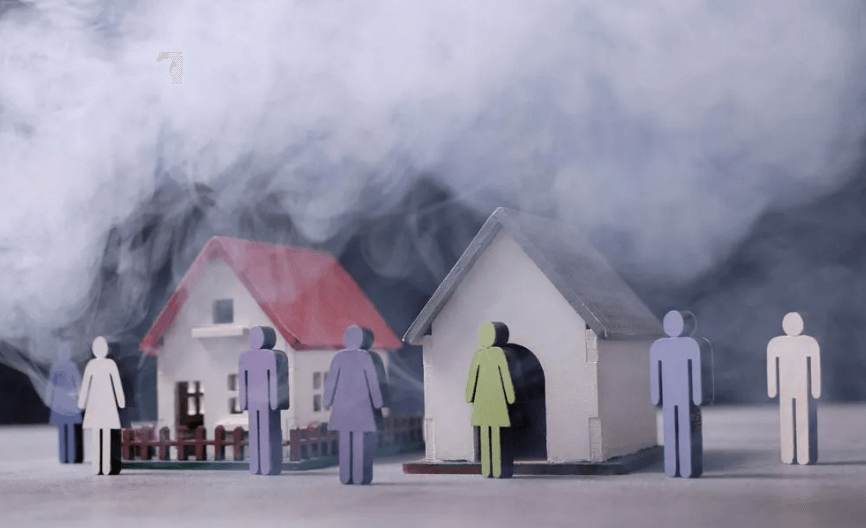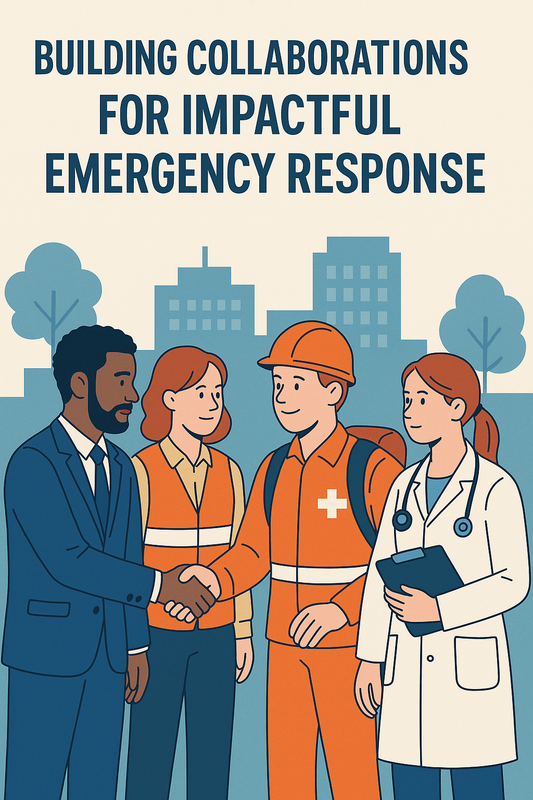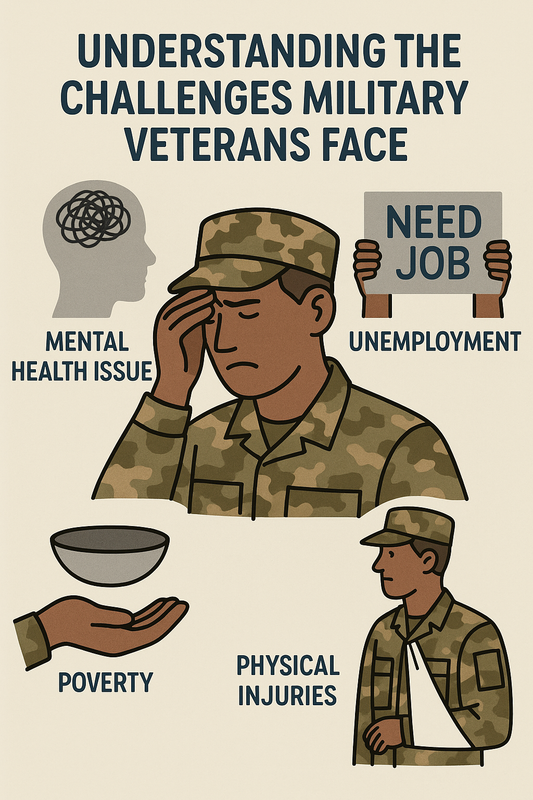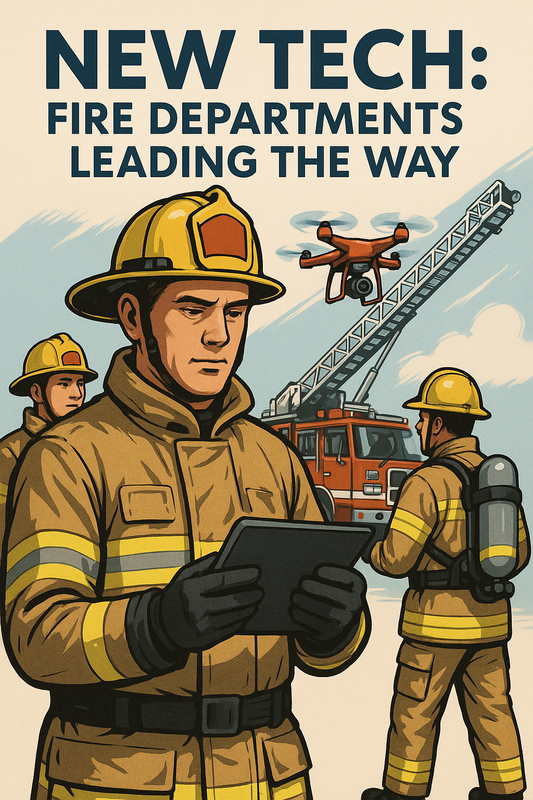
Empowering Communities Through Fire Safety Education with Heroes
Frequently Asked Questions
1. Why is fire safety education important in communities?
2. What are some key components of fire safety education programs?
3. How do school-based fire safety programs work?
4. What are some innovative approaches to fire safety education?
5. How can community members support fire safety initiatives?
Fire safety is a critical aspect of community well-being. Every year, countless lives are impacted by fire-related incidents, underscoring the importance of robust education and proactive measures. Community programs focused on fire safety offer individuals the tools and knowledge they need to prevent fires and respond effectively in emergencies. In this post, we’ll explore various community programs that educate on fire safety, underscoring their importance and effectiveness.
The Role of Fire Safety Education Programs
Fire safety education is essential for all demographics, from children to adults. These programs aim to instill knowledge about fire risks, prevention strategies, and proper emergency response. Understanding fire safety can make a significant difference in how effectively a community can respond to fire incidents. Here are some key components of these programs:
Raising Awareness
One of the primary goals of fire safety education programs is to raise awareness about the dangers of fires. This includes educating the public on common causes of fires, such as:
- Cooking equipment
- Heating appliances
- Electrical hazards
- Open flames and candles
By increasing awareness, these programs work to prevent fires before they happen and encourage individuals to take proactive measures to protect themselves and their families.
Teaching Fire Prevention Strategies
Another crucial aspect of fire safety education is teaching effective fire prevention strategies. These strategies are fundamental in reducing fire hazards within homes and communities. Programs often include:
- Checklists for fire-safe homes
- Safe cooking practices
- Proper storage of flammable materials
- Use of smoke detectors and fire alarms
By implementing these strategies, individuals can significantly decrease their risk of encountering a fire emergency.
Emergency Response Training
In addition to prevention education, many community programs provide training on how to respond in case of a fire. This includes:
- Evacuation plans
- How to use a fire extinguisher
- Calling emergency services
- Basic first aid for fire-related injuries
This training is invaluable, as it empowers individuals to act swiftly and effectively during emergencies, potentially saving lives.
Types of Community Fire Safety Programs
Community programs focused on fire safety come in various forms, each tailored to meet specific needs and demographics.
School-Based Programs
Education about fire safety often starts in schools. Programs designed for children teach the fundamentals of fire safety in a fun and engaging manner. These initiatives typically cover:
- Fire drills and evacuation procedures
- Understanding fire alarms
- Recognizing fire hazards at home
- Fire fighter visits to explain their role
Such programs are instrumental for creating a generation of fire-conscious individuals who carry these lessons into adulthood.
Community Workshops
Community organizations often hold workshops that are open to all ages. These workshops may include:
- Hands-on experiences with fire equipment
- Interactive learning sessions about fire safety laws and codes
- Discussions led by local fire fighters
These workshops serve to build community relationships while effectively disseminating crucial information.
Partnerships with Local Fire Departments
A fruitful collaboration between community organizations and local fire departments can enrich fire safety education efforts. Fire fighters might contribute their expertise to:
- Provide professional insights into the best safety practices
- Offer household inspections for fire hazards
- Host open houses at fire stations for the community to learn more
Such partnerships are a valuable resource for a community striving for higher safety standards.
Impact of Fire Safety Education
The impact of community fire safety education programs can be profound. With well-structured initiatives, communities experience:
Reduced Fire Incidents
Education leads to informed citizens who are more likely to take preventive measures. As awareness grows, statistics often show a decline in fire incidents due to better prevention practices.
Increased Community Preparedness
Communities that engage in fire safety education programs become more prepared to face fire emergencies. Residents are equipped with knowledge about evacuation routes and emergency contacts, enhancing collective security.
Stronger Community Bonds
Fire safety programs can serve as community-building activities. Families and individuals come together, participate in workshops and trainings, and establish connections, fostering a sense of unity and purpose.
Innovative Approaches to Fire Safety Education
With the advancement of technology, fire safety education methods are evolving. Some innovative approaches include:
Digital Learning Platforms
Online courses and webinars that educate on fire safety topics make information accessible to a broader audience. This allows participants to learn at their own pace and revisit important topics as needed. Such platforms can feature:
- Interactive quizzes
- Video demonstrations by professionals
- Guides for creating fire safety plans
Social Media Engagement
Utilizing social media offers an essential platform for disseminating fire safety education. Campaigns can include:
- Infographics about fire prevention
- Live Q&A sessions with fire fighters
- Regular tips for fire safety on a monthly or weekly basis
Social media also allows for real-time updates and sharing of community events related to fire safety.
Virtual Reality Training
Some communities are utilizing virtual reality (VR) technology to create immersive training experiences. This innovative approach can offer:
- Realistic fire scenarios for participants to navigate
- Opportunities for fire fighter training simulation
- A safe environment to practice emergency response strategies
Incorporating Fire Safety Education into Daily Life
While community programs play a crucial role in promoting fire safety, incorporating these lessons into daily life is equally important. Here are ways to foster a culture of fire safety at home:
Home Fire Safety Plans
Every household should have a well-documented fire safety plan. This includes:
- Identifying exits and safe meeting points
- Conducting regular fire drills
- Ensuring smoke detectors are functioning
Involvement of Family Members
Educating all family members about fire safety ensures everyone plays an active role. Younger children can learn through games, while adults can take on responsibilities for fire drills and equipment checks.
Utilizing Local Resources
Community resources such as fire departments can be invaluable in accessing additional fire safety information. Individuals can:
- Schedule home safety inspections
- Attend public demonstrations during Fire Prevention Week
- Participate in community outreach programs
Supporting Fire Safety Initiatives
To amplify the impact of fire safety initiatives, community members can actively support local programs. This may include:
Volunteering
Offering your time and skills can significantly uplift community programs focused on fire safety. Volunteers can help organize workshops, distribute materials, or even share personal fire safety stories to encourage participation.
Donating Resources
Local businesses can contribute resources such as space for training events or materials for workshops. For example, cafés like those offering Hero Cowboy Blend coffee can host community information sessions, fostering conversations around fire safety.
Advocating Fire Safety Policies
Advocacy is key to long-term change. Community members can engage with local government representatives to promote policies that prioritize fire safety funding and education within schools, community centers, and residential areas.
The Path Forward for Fire Safety Education
As our communities continue to evolve, so too should our methods of fire safety education. By investing in programs that educate, engage, and empower residents, we can build a future where fire safety is a shared responsibility and a part of everyday life. It’s time to take action—because together, we can create a safer world for everyone.




